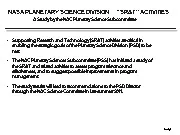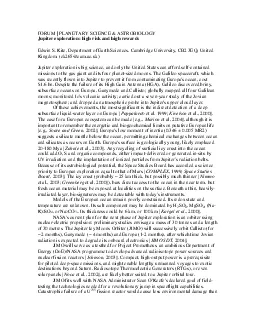PPT-Grant, J. A. and S. A. Wilson (2017), Meteoritics and Planetary Science (in press).
Author : frostedikea | Published Date : 2020-07-02
Hale crater formed into an icerich terrain in the Early to middle Amazonian Fig 1 and is one of the youngest largest 125 km across and best preserved craters on
Presentation Embed Code
Download Presentation
Download Presentation The PPT/PDF document "Grant, J. A. and S. A. Wilson (2017), Me..." is the property of its rightful owner. Permission is granted to download and print the materials on this website for personal, non-commercial use only, and to display it on your personal computer provided you do not modify the materials and that you retain all copyright notices contained in the materials. By downloading content from our website, you accept the terms of this agreement.
Grant, J. A. and S. A. Wilson (2017), Meteoritics and Planetary Science (in press).: Transcript
Download Rules Of Document
"Grant, J. A. and S. A. Wilson (2017), Meteoritics and Planetary Science (in press)."The content belongs to its owner. You may download and print it for personal use, without modification, and keep all copyright notices. By downloading, you agree to these terms.
Related Documents














